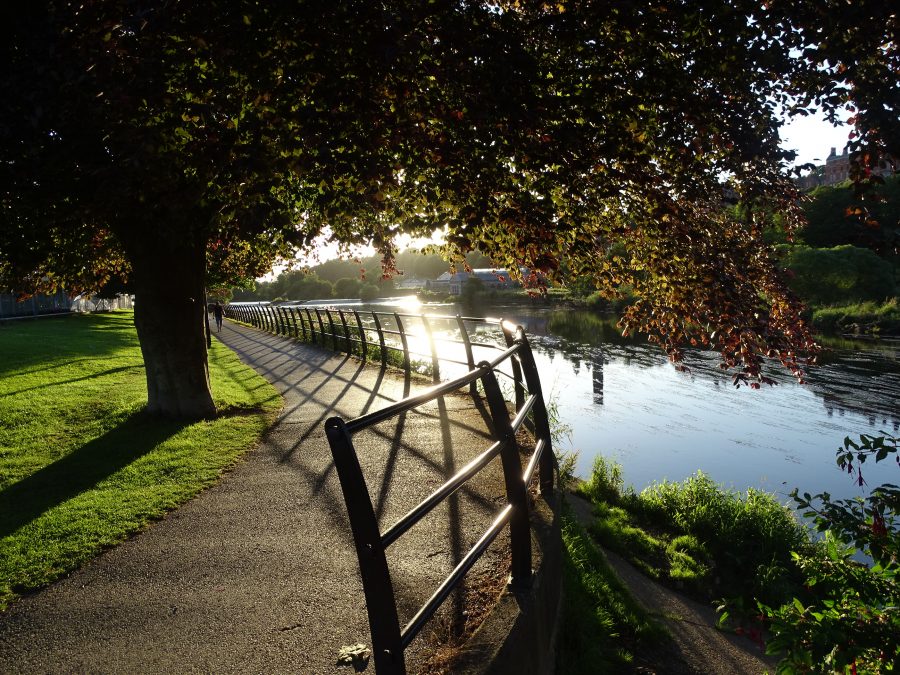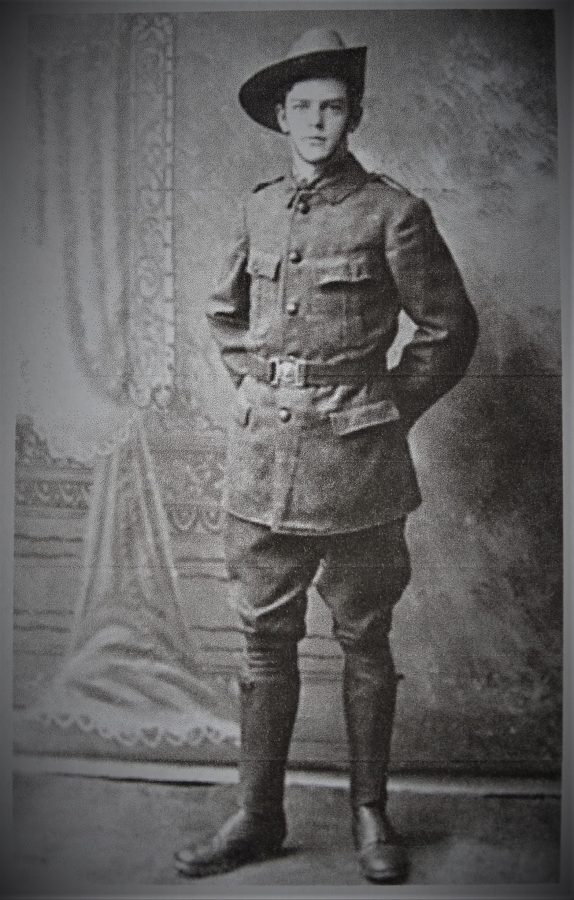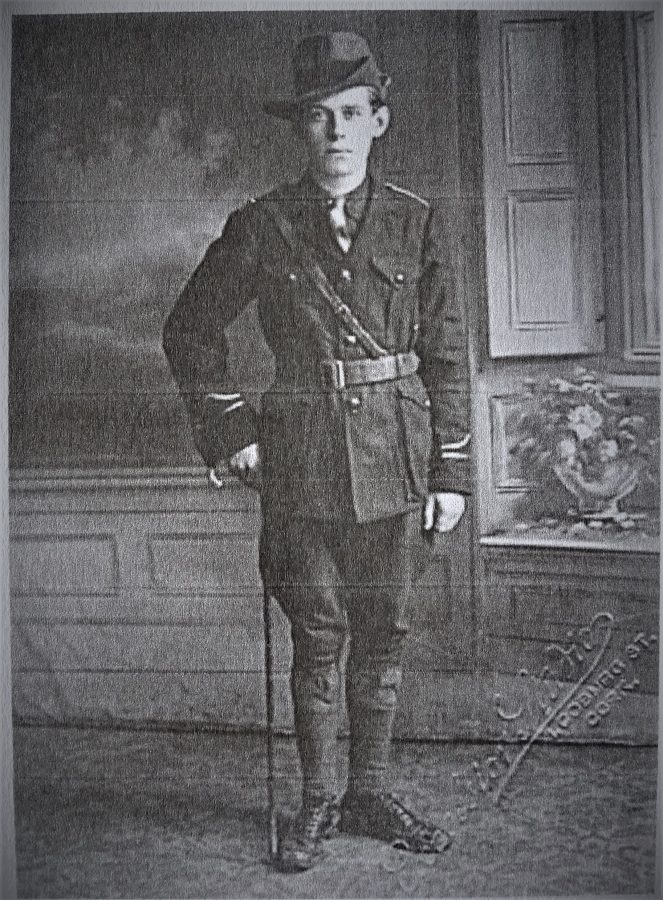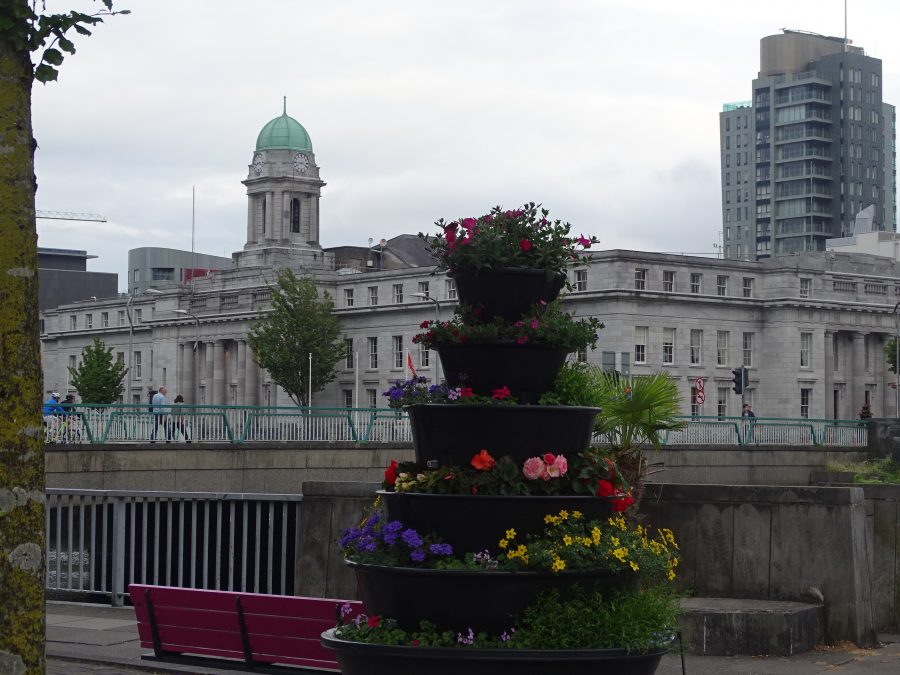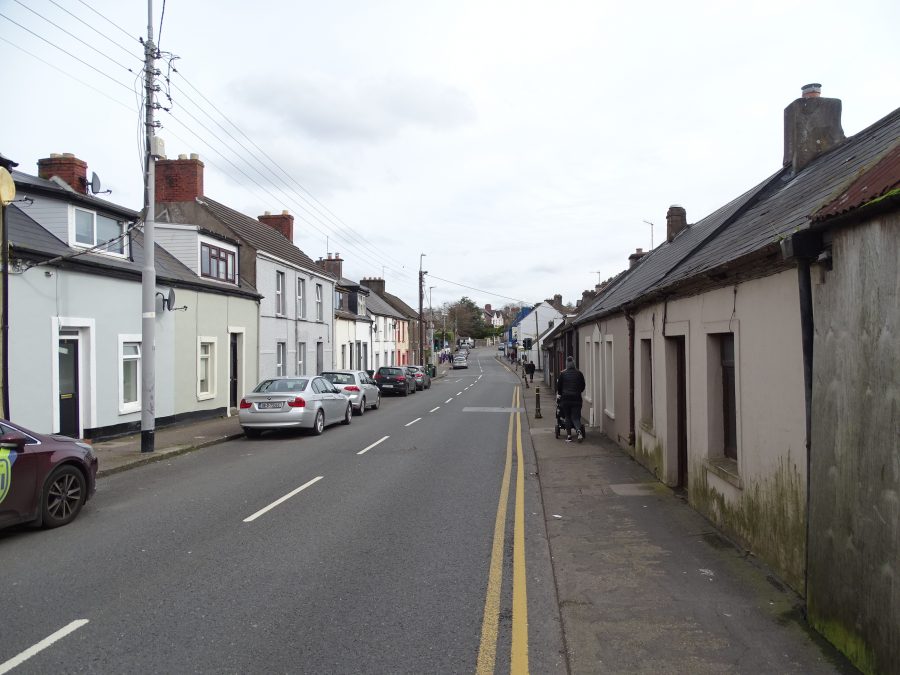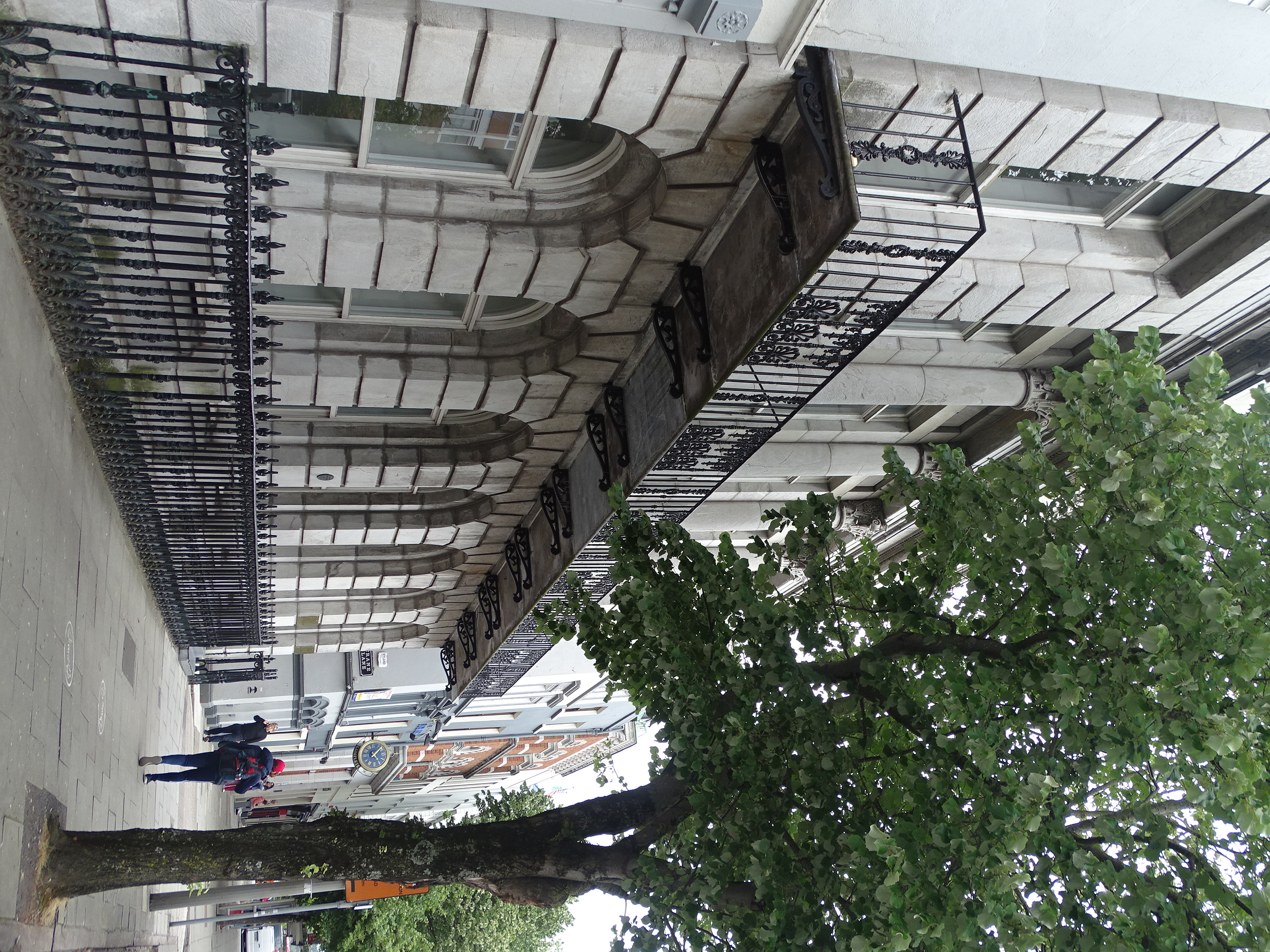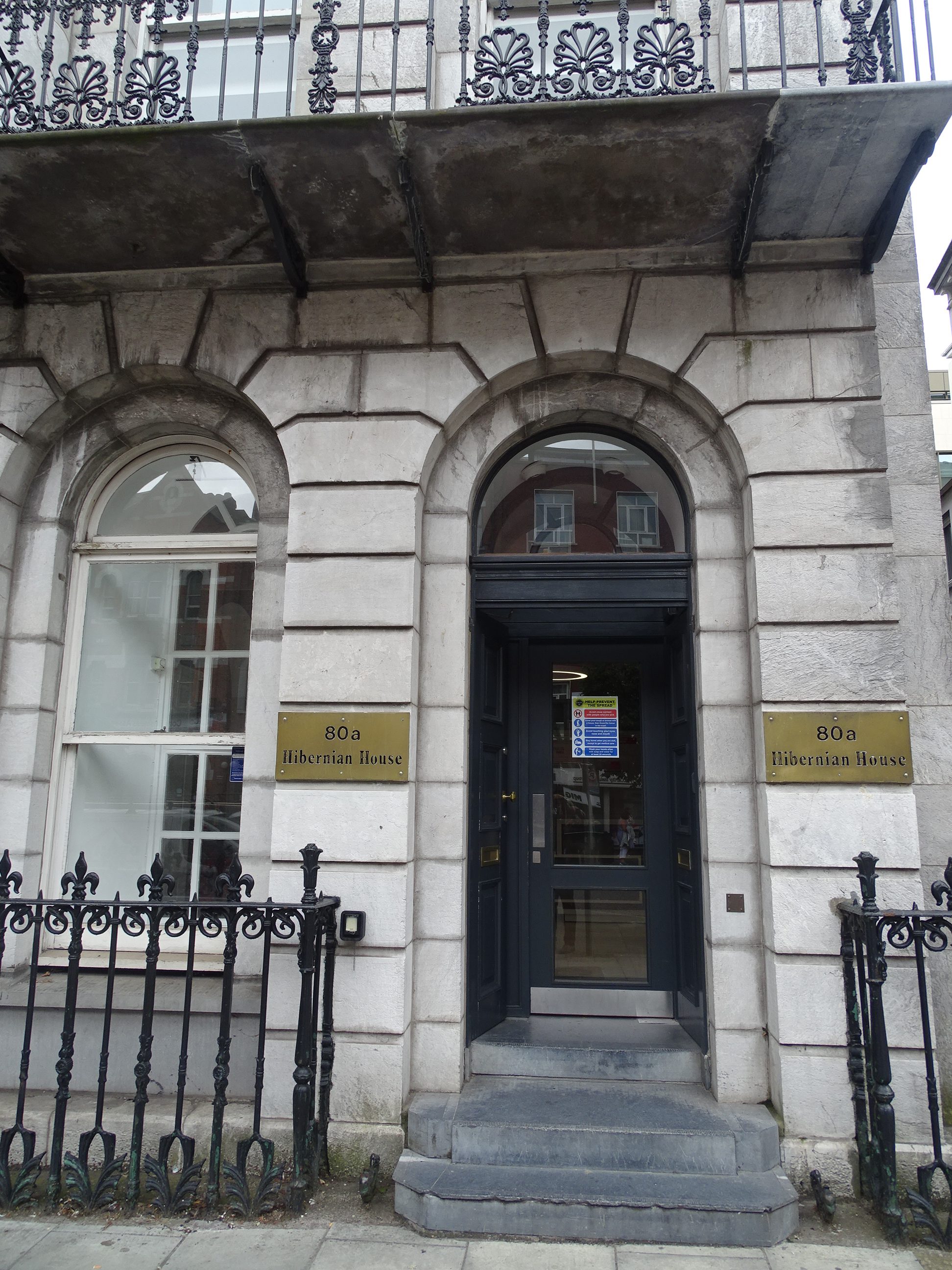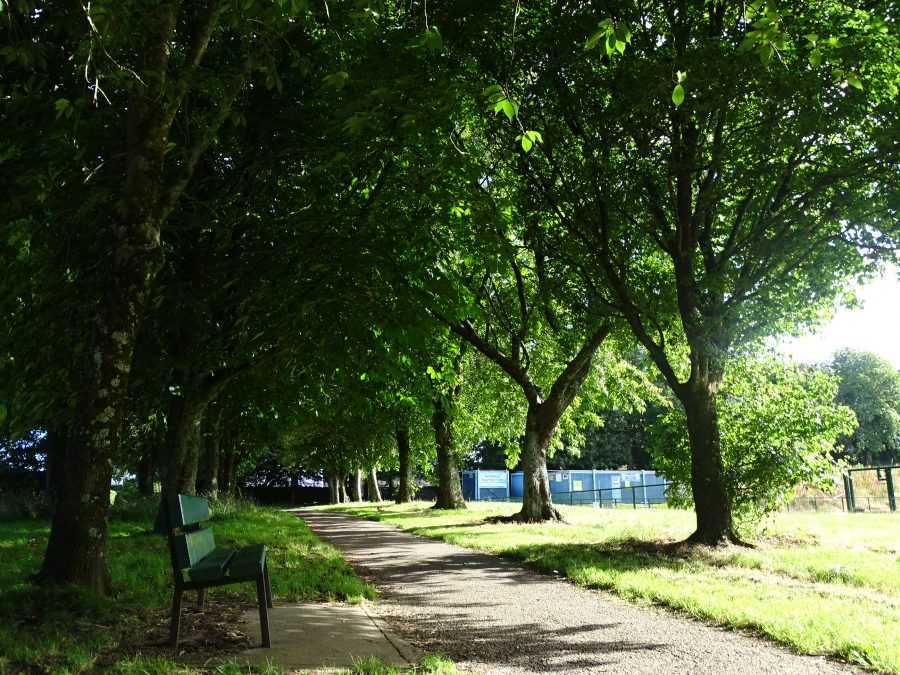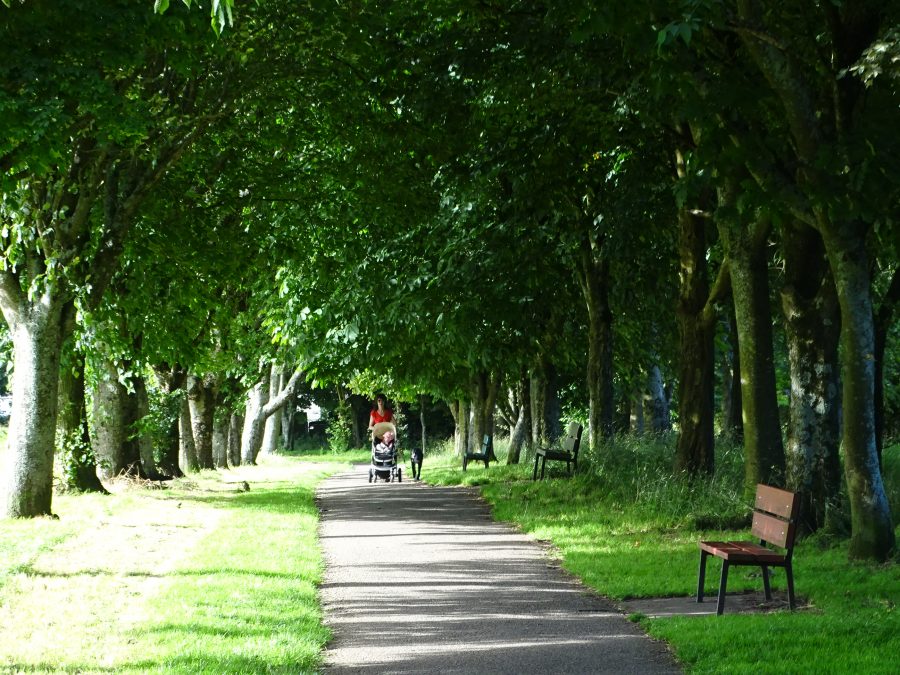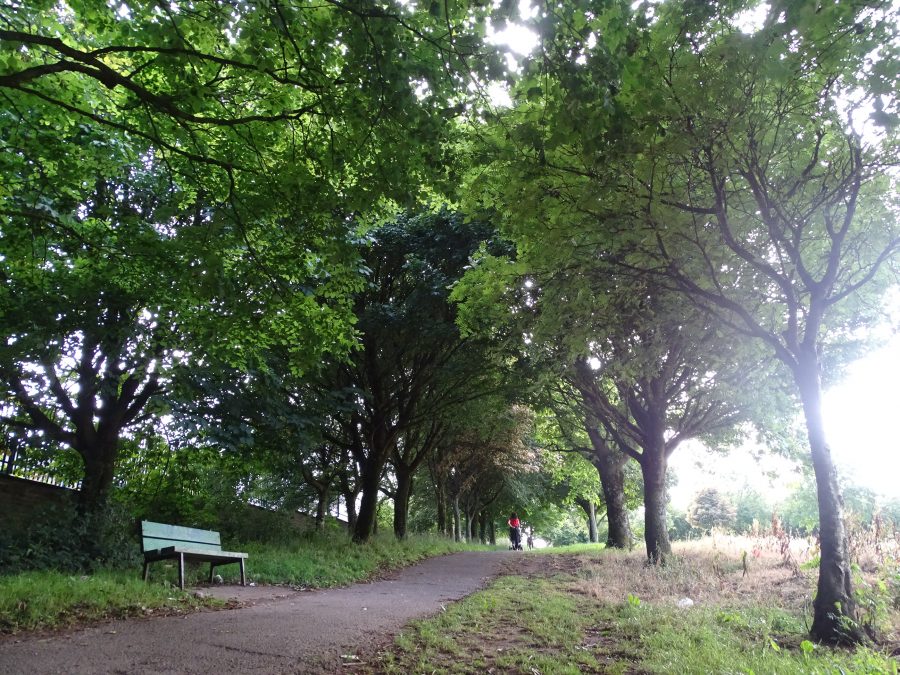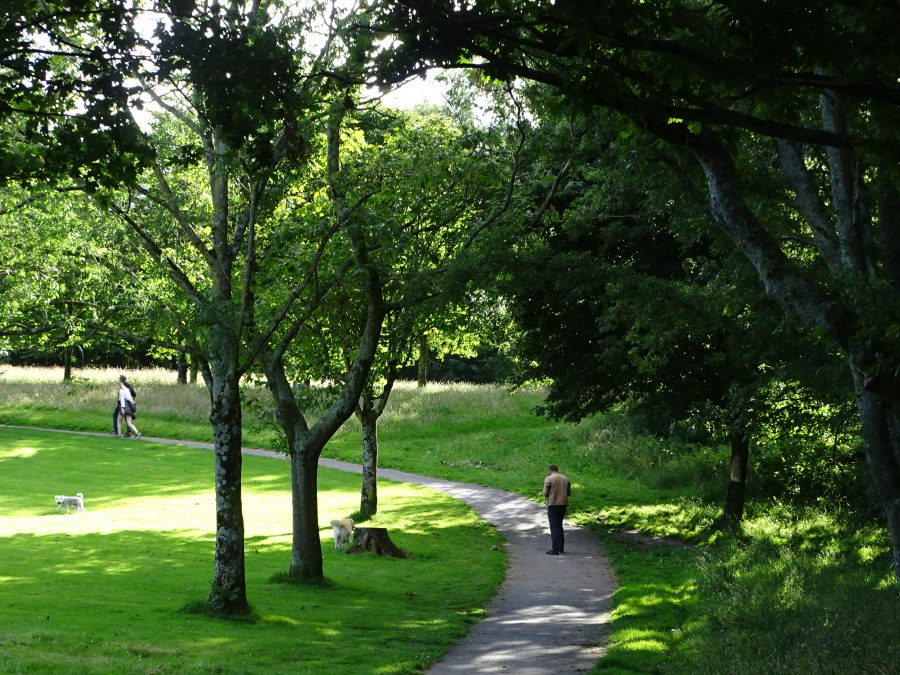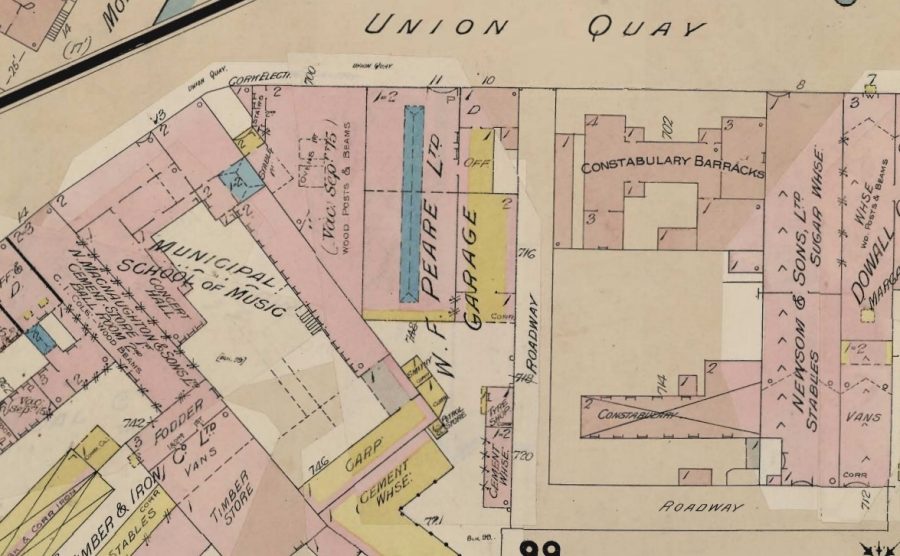
1059a. Section of Goad’s Insurance Map of Union Quay showing RIC Barracks 1920 (source: Cork City Library).
Kieran’s Our City, Our Town Article,
Cork Independent, 30 July 2020
Remembering 1920: The Terror of Curfew
One hundred years ago – late July 1920 – nightlife on the streets of Cork was under strict curfew. On 19 July Major-General Strickland issued an order of a curfew between the hours of 10pm and 3am for Cork City. A permit was required from the 21 July to be able to be on the streets outside of those times. It applied to all those within a radius of three miles of the GPO on Oliver Plunkett Street. Application for permits had to be made in writing to the County Inspector at the RIC Barracks at Union Quay. Permits were to be granted to clergyman, registered medical practitioners, and those engaged in urgent duties. All other persons outside the latter could be challenged by any policemen or soldier on duty to halt and obey orders. The penalty for non-compliance was three months’ imprisonment or a fine not exceeding £100.
On night one, the Cork Examiner records that sixty arrests were made. Arrests were made three minutes after 10pm and no leeway was made. The latest arrest was about midnight. One man charged explained that he had been engaged driving a horse in the county and that it was late when he came back to the city. Another man said he was going in home having been speaking to a friend near by for some time. Another man arrested said he was coming out from home to go to work.
Some of the young men arrested gave an interesting account of their experiences. It was about 10.15pm when one of them left his residence to speak to a man who was singing on the street apparently oblivious of the Curfew order. He went away and when the young man tried to turn into his home, he was picked up by a roaming military truck. Not having a permit he was put into the lorry. The lorry then proceeded along St Patrick’s Street and around that direction. At the bridge, a young men near the Post office was picked up and arrested. The lorry kept moving about and after some seven or eight having been arrested, it proceeded to Union Quay RIC Barracks. Soldiers with fixed bayonets were posted along the railings outside.
Some of those arrested at the RIC Barracks sang the Soldier’s Song and Wrap the Green Flag Round Me. Singing and bantering went on all the time they were detained there. At 3am, the military lorries came along again and those arrested were sent off in groups. Fourteen persons of the 60 arrested were lodged in Victoria Barracks and released shortly afterwards. A further 24 of those arrested were taken to the County Gaol off Western Road and they were also released shortly afterwards. Twenty-two were sent to the Bridewell and detained in one of the larger cells. The following day at 12noon they were brought before the Police Court. The 22 gave verbal undertakings to be at home at 10pm while the order was in force. They were subsequently discharged.
Such was the impact of the roaming military lorries with trigger happy Black and Tans, a week later the arrests in the city during the curfew are recorded as been down to their teens. An account in the Cork Examiner on 2 August further relates activities such as rifle firing, bomb-throwing, the smashing of glass windows. On Saturday, 30 July 1920 at 11.15pm, a fusillade of shots and a number of loud and terrifying explosions were heard. Black and Tans proceeded along St Patrick’s Street at a slow pace, and without warning the party indulged in indiscriminate rifle firing while a few bombs were thrown. A good deal of damage was done.
Amongst the establishments affected by these fusillades were Cahill and Company, The Blackthorn House, Baker and Wright’s, John Burke, The Munster Arcade, Egan and Son, Farrow’s Bank, Byford & Company, Woolworths. The shutters of Mr William Lee, butcher, and the London and Newcastle Tea Company, situated on each side of the Cork Examiner Office entrance, were practically riddled with bullets. In the Chateau bar a bullet passed through the St Patrick’s Street window and smashed the glass partition inside the premises.
A determined, though unsuccessful, effort was made to bomb the Cork Examiner Office. Two bombs were thrown at the main entrance on St Patrick Street, but exploded without doing much damage beyond the disfigurement of the door and the making of a hole in the pavement. Intermittent rifle fire was also directed at the office door.
This firing occupied about quarter of an hour, after which the lorries were driven away, but hour later they returned, and more rifle fire, was directed at promises on each side of St Patrick’s Street.
A visit was paid to 8 Camden Quay, and the large building occupied by the members of the Irish Transport and General Workers Union was attacked and extensively wrecked. The windows were smashed in and the clerical offices which were situate on the ground floor were damaged very considerably. A large glass partition was demolished together with the furniture of the office. The books were torn and strewn over the ground and cards of membership intended for filled up were treated in a similar manner. An unsuccessful attempt was made to prize open the safe. The upper rooms were next entered, and the chairs and tables broken, as well as the pictures, which hung on the walls. Instruments from the Union band were also confiscated.
Kieran’s new book Witness to Murder, The Inquest of Tomás MacCurtain is now available to purchase online (co-authored with John O’Mahony 2020, Irish Examiner/www.examiner.ie).
Captions:
1059a. Section of Goad’s Insurance Map of Union Quay showing RIC Barracks 1920 (source: Cork City Library).
1059b. St Patrick’s Street, Cork, c.1920, from Cork City Through Time (2012) by Kieran McCarthy and Daniel Breen.

1059b. St Patrick’s Street, Cork, c.1920, from Cork City Through Time (2012) by Kieran McCarthy and Daniel Breen.
